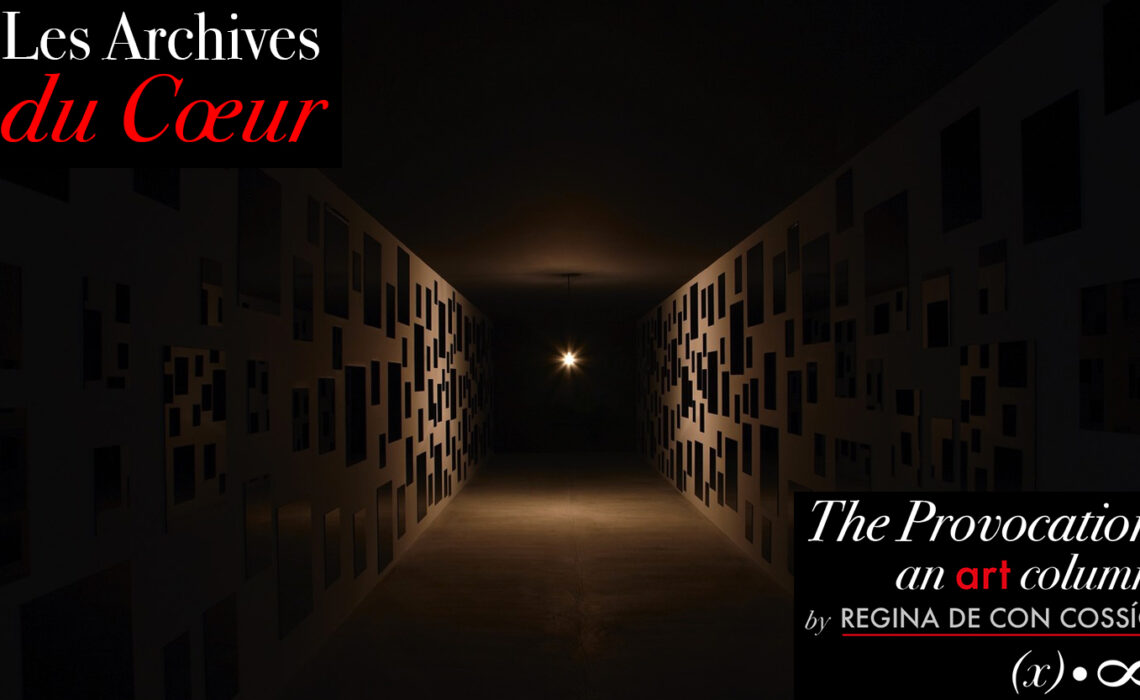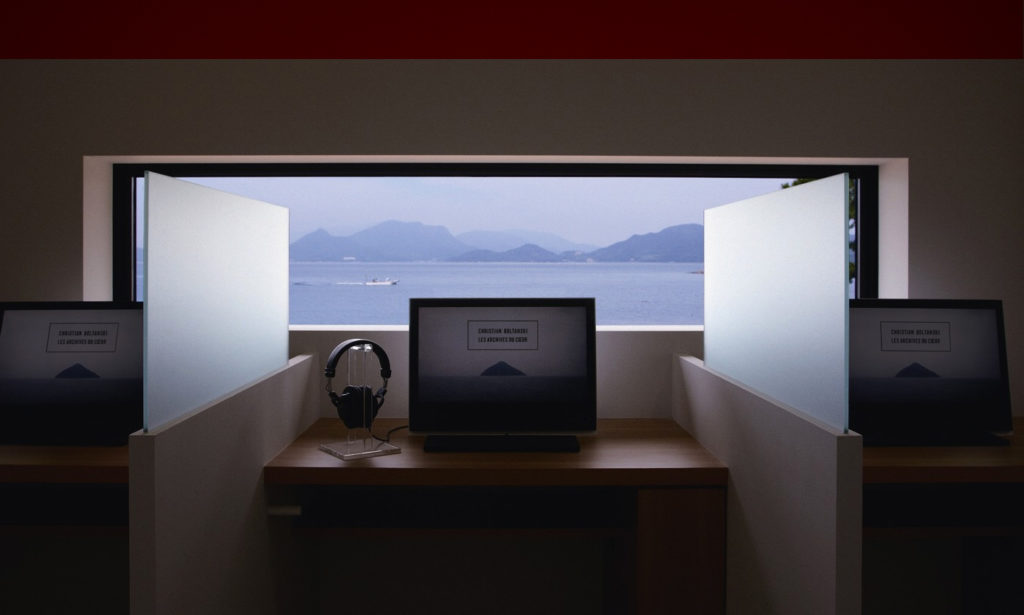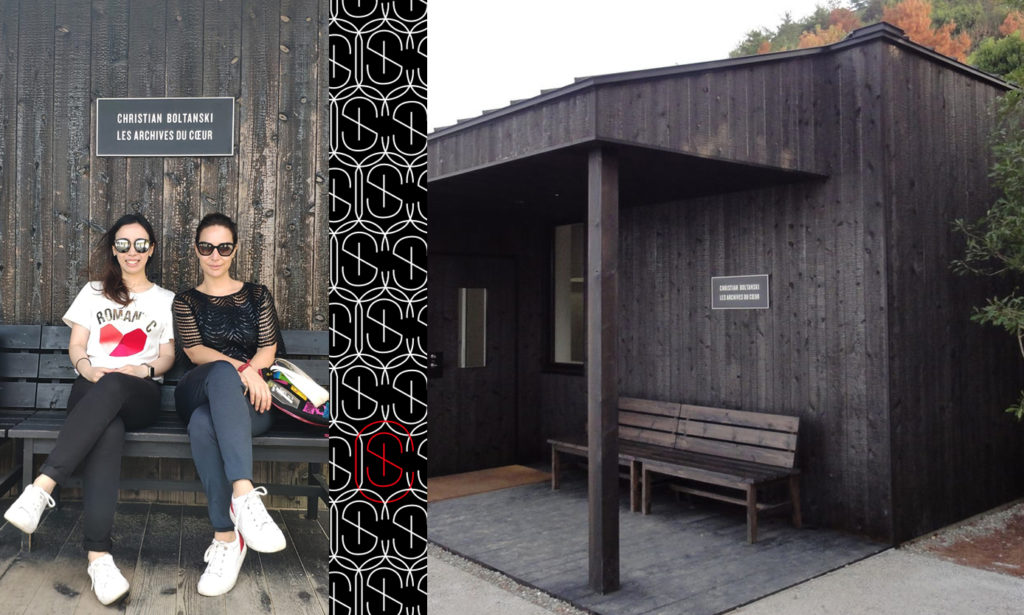
Les Archives du Cœur
Photo Courtesy of Sybaris Collection
“Les Archives du Cœur”, by Christian Boltanski, permanently houses recordings of the heartbeats of people throughout the world. Christian Boltanski has been recording these heartbeats since 2008.
Les Archives du Cœur is a testament to the recordees’ existence. The recordings may be listened to by visitors. It is also possible to record your own heartbeat here.
Christian Boltanski has been collecting heartbeats as evidence of human life since 2008, based on his thoughts on the mortality of human beings and the transience of memory. For the artist,“every single human existence is valuable and unique but it will disappear with death and soon be forgotten”.
Photo Courtesy of Sybaris Collection
Les Archives du Coeur is a small art facility modestly located in the far corner of Ojigahama Beach on Teshima, where it is possible to listen to the heartbeats collected in various places around the world by Boltanski. Taking time to travel from far away, crossing the ocean to reach this museum in order to listen to the recorded heartbeat of someone dear this is an important element of the process of recollecting beloved ones, and reflecting on the life and presence of others.
“Les Archives du Cœur” is divided into 3 rooms: the Heart Room, which houses an installation; a recording room; and, a listening room.
Les Archives du Coeur consists of the“Heart Room”, an installation in which a light bulb flashes in tune to the pulsing sound of a random heartbeat from the archive, the“Recording Room” where visitors can record their own heartbeats, and the“Listening Room” in which heartbeats collected around the world can be browsed and listened to from a computer.
Visitors recording their heartbeats can enclose a message and will be added to the archive, thus becoming an integral part of the artwork. A CD-booklet containing a recording of the archived heartbeat is handed out to participating visitors.
Photo Courtesy of Sybaris Collection
Christian Boltanski
Born in Paris, 1944. Explores themes of life and death in a variety of media, including video, photography, painting, sculpture, and multimedia installations. In addition to attempts at recreating personal histories, Mr. Boltanski captures memories of anonymous individuals through cookie tin-boxes, candles, thousands of photos, articles of used clothing, and personal names, among other things, to express the importance, transience, and fading of human existence. Boltanski exhibitions have been held at leading museums worldwide, and the artist has contributed to many international art festivals including Documenta (1972, 1977), Venice Biennale (1975, 1980, 1993, 1995), and Echigo-Tsumari Art Triennale, Niigata (2000, 2003, 2006, 2009). He is one of the most significant French contemporary artists.




